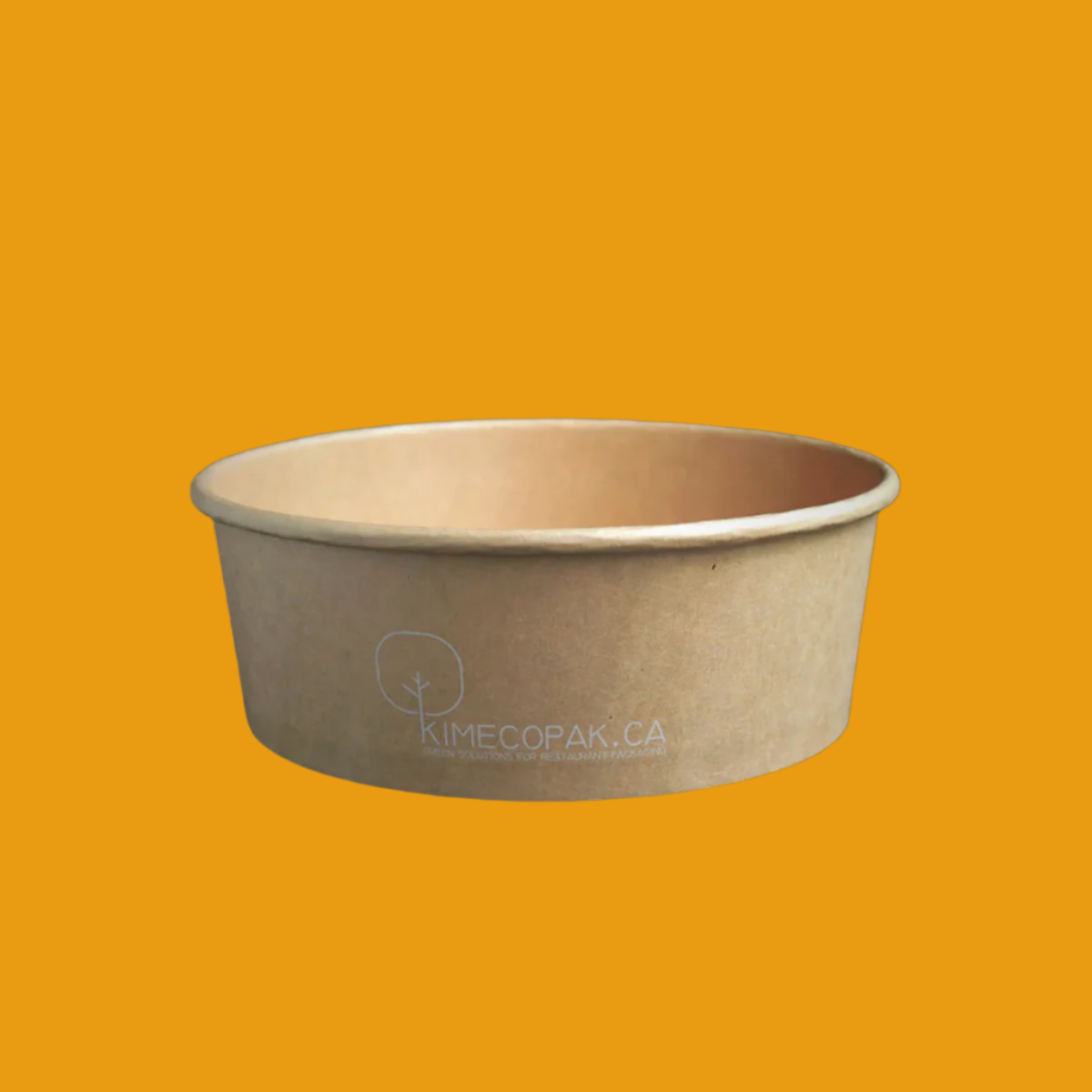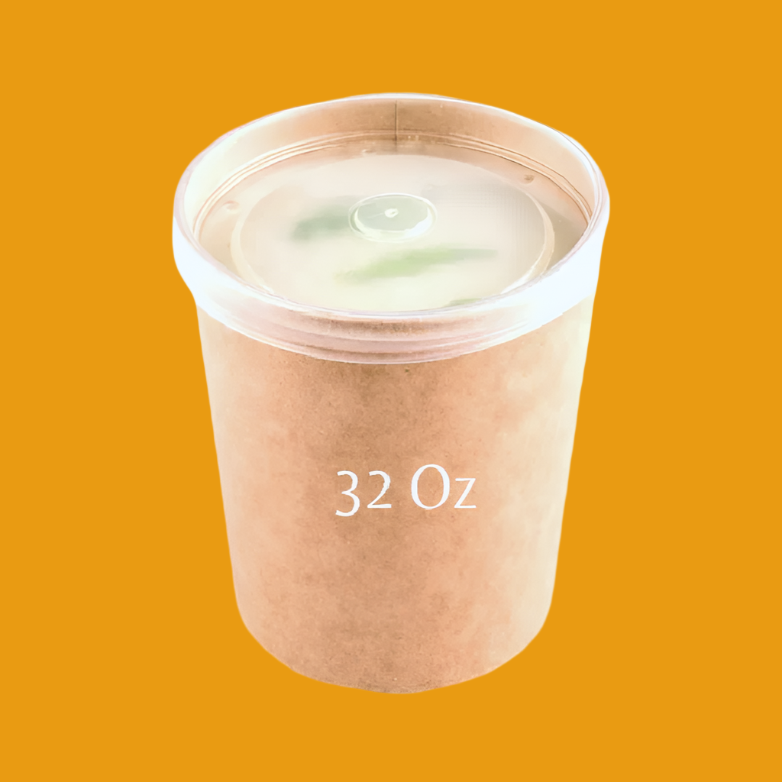As modern consumers juggle hectic schedules and rising food costs, the decision between using meal kits or sticking with traditional grocery shopping has become more than just a matter of convenience, it’s a strategic choice for both households and food businesses.
While meal kits promise time-saving ease and nutritional balance, grocery shopping offers flexibility, cost control, and creative freedom in the kitchen. For restaurant owners, catering startups, and home chefs alike, understanding the strengths and limitations of each model can directly impact budget efficiency, kitchen operations, and customer satisfaction.
In this comparison guide, we’ll explore the key differences between meal kits vs groceries, breaking down cost, convenience, nutritional value, and sustainability to help you make the most informed choice.
-
Vegetarian Meal Kits – Healthy, Easy, and Delicious Meals Delivered to Your Door
-
Meal Delivery Services – Everything You Need to Know
Meal Kit vs Groceries – A Practical Comparison for Food Businesses

What Is a Meal Kit?
Meal kits have surged in popularity over recent years, presenting consumers with a fresh way to cook at home without the hassle of extensive shopping. A meal kit typically includes pre-measured ingredients and easy-to-follow recipes, making meal preparation straightforward.
- How It Works: Customers select meal plans online, and kits are delivered to their doorsteps. Each week, they receive carefully curated meals along all necessary ingredients.
- Convenience: This model reduces the time spent on grocery shopping, as everything needed for a meal arrives in one package. For busy families and professionals, this can be a crucial advantage.
- Popular Brands: Brands like Blue Apron, HelloFresh, and Home Chef have become household names, each offering unique menus and subscription options that cater to diverse dietary preferences.
What Is Grocery Shopping?
Grocery shopping represents the traditional method of sourcing food, where consumers visit supermarkets or local stores to select their ingredients.
- Traditional Method: Shoppers choose each item, allowing for personal selection based on preferences, budget, and meal plans.
- Flexibility: This approach offers flexibility in terms of meal choices and ingredient substitutions. Shoppers can browse for new recipes and experiment with different flavors.
- Accessibility: Grocery stores are widely available, and many communities have access to local markets, which can promote the use of seasonal and regional ingredients.
Cost Considerations

Understanding Meal Kit Pricing
Meal kits can be more expensive than traditional groceries, and it's essential to evaluate what you are paying for.
- Per-Meal Cost: The average cost per meal can range from $8 to $12, which can add up quickly for a family.
- Delivery Fees: Some services charge extra for delivery, which adds to the total cost of each meal kit.
- Subscription: While some meal kit companies offer flexibility in terms of subscriptions, others may require a commitment which could lead to wasted meals if you’re unable to use them.
Grocery Budgeting Tips
Managing your grocery budget can significantly affect your overall food spending.
- Bulk Discounts: Purchasing items in bulk can save money, especially for non-perishable goods. Items like rice or pasta tend to be much cheaper when bought in larger quantities.
- Cost per Ingredient: When shopping for groceries, take a moment to compare prices per unit. It’s often surprising how much prices can vary across different brands and organizational formats.
- Savings Potential: Planning meals in advance and utilizing store discounts can lead to substantial savings over time, especially when incorporating seasonal produce.
Best Value for Restaurants and Startups
For restaurants and food startups, understanding when to choose meal kits versus traditional grocery shopping is vital for managing costs effectively.
- Scale Matters: For small-scale operations, meal kits can provide consistency and reduce the risk of waste. However, for larger establishments, direct grocery sourcing may offer better margins.
- Margin Considerations: Evaluate the profit margins on meals. If a meal kit’s cost is too high, it may not be sustainable for regular use in a business setting.
Time & Convenience Factors

How Meal Kits Save Time
One of the primary advantages of meal kits is the amount of time they save in the kitchen.
-
Pre-Measured Ingredients: Meal kits arrive with ingredients already portioned out, minimizing preparation time. This allows chefs or home cooks to focus more on cooking rather than measuring.
Time Investment with Grocery Shopping
While grocery shopping might appear less expensive, it demands a considerable time investment.
- Planning: Shopping requires planning meals ahead of time, which can be time-consuming. Creating a grocery list and searching for deals can add extra hours to your week.
- Shopping: The actual act of shopping can take significant time, especially in larger stores with extensive inventories.
- Prepping: After shopping, there’s still the need for washing, cutting, and preparing ingredients, which adds to the overall time commitment.
Operational Efficiency in Business Kitchens
Finding the right model for a busy kitchen can significantly impact operational efficiency.
- Meal Kits: For certain operations, especially those focusing on delivery or takeout, meal kits can streamline the preparation process and ensure high-quality, uniform dishes.
- Grocery Shopping: In contrast, a traditional grocery shopping approach suits establishments that require flexible menus or want to feature local ingredients, prioritizing freshness and seasonal availability.
Nutrition & Quality Control

Meal Kits and Balanced Nutrition
Meal kits often prioritize balanced nutrition by providing standardized portions and a variety of ingredients. These kits typically include pre-measured components, making it easier for consumers to follow specific dietary guidelines. Many meal kit services collaborate with nutritionists to ensure the meals are not only satisfying but also contribute to a balanced diet.
- Standardized Portions: Each meal is crafted to include the right amount of protein, carbohydrates, and healthy fats, which can help prevent overeating.
- Dietary Variety: Meal kits encourage exploring new recipes and cuisines, introducing users to foods they might not have chosen on their own. This variety can enhance nutritional intake by increasing the diversity of ingredients.
Grocery Sourcing for Custom Menus
When opting for groceries, one has an added layer of control over ingredient sourcing. Shoppers can choose fresh items, organic produce, or locally sourced meats, allowing them to tailor their meals to their specific nutritional needs and preferences.
- Ingredient Control: With groceries, it’s easy to swap out less healthy items for better alternatives, which can be crucial for individuals with dietary restrictions.
- Freshness: Purchasing fresh produce directly from markets or local farmers can enhance the taste and nutritional value of meals, often delivering more vitamins and minerals than preserved or processed ingredients.
Which Offers Greater Culinary Flexibility?
The flexibility of meal planning varies significantly between meal kits and grocery shopping.
- Meal kits provide a selection of recipes but often limit consumers to the ingredients provided. This can restrict opportunities for creativity in the kitchen.
- In contrast, grocery shopping offers the freedom to create completely customized meals, allowing individuals to incorporate unique spins based on personal space or culinary inspiration.
Sustainability and Waste

Packaging Waste in Meal Kits
One concern regarding meal kits is their environmental impact, primarily due to packaging waste. Many meal kits use plastic containers and insulated materials to keep ingredients fresh during transit.
- Environmental Concerns: The surge in meal kit popularity has raised questions about sustainability. Are the environmental costs worth the convenience?
- Recyclability: While some companies have begun using recyclable or compostable packaging, the overall sustainability of meal kits can vary widely.
Food Waste in Grocery Shopping
On the other hand, traditional grocery shopping also has its drawbacks regarding waste management.
-
Overbuying Risk: Shoppers might purchase ingredients they don’t end up using, leading to food waste. The challenge is to accurately predict what items are needed for the coming days or weeks.
-
Spoilage Rates: Fresh ingredients typically have a shorter shelf life and can spoil before they’re consumed, further contributing to waste.
Eco-Friendly Practices for Modern Kitchens
To ameliorate these issues, many modern kitchens are adopting sustainable practices.
-
Sustainable Sourcing Strategies: Consumers are increasingly looking for ways to source ingredients sustainably, whether through local farmer's markets or community-supported agriculture (CSA) programs. These practices can reduce carbon footprints and provide fresher options.
Customization and Creativity
Limitations of Pre-Set Meal Kits
While meal kits offer convenience, they can sometimes come with limitations.
-
Lack of Ingredient Substitution: Many meal kits do not allow users to swap out ingredients, making it difficult for those with specific dietary restrictions or preferences.
Full Creative Control with Groceries
When it comes to grocery shopping, the choice is yours.
-
Freedom to Experiment and Adapt: With access to a full range of ingredients, you can innovate and adjust recipes on the fly. This flexibility can lead to more enjoyable cooking experiences and meals tailored to personal taste.
Conclusion
The choice between meal kits and traditional grocery shopping depends largely on your priorities whether it’s convenience, cost-efficiency, menu flexibility, or sustainability.
- Meal kits excel in streamlining prep time, minimizing food waste, and maintaining consistency, making them ideal for startups or small operations looking to simplify workflows.
- Grocery shopping, on the other hand, gives you full control over ingredients, offers better long-term cost savings, and supports greater menu creativity especially important for restaurants or food businesses with dynamic menus and seasonal dishes.
Ultimately, the smartest strategy may not be choosing one over the other, but rather integrating both models where they serve best. Leverage the convenience of meal kits during peak hours or staffing shortages, and rely on grocery sourcing for flexible, custom creations that showcase your culinary identity.
FAQ Section
Can Restaurants Use Meal Kits Effectively?
Restaurants have found meal kits useful as a way to attract customers who enjoy cooking at home. However, they must also consider the limitations of ingredient substitution and freshness.
Are Meal Kits More Expensive Than Groceries?
On average, meal kits can be pricier than traditional groceries. It often depends on the type of meals and ingredients included, making a detailed cost breakdown essential for budget planning.
Can You Modify Meals in a Kit?
Most meal kits allow for minor adjustments within certain parameters, but major modifications can be limited due to portion control and recipe structure.
What Dietary Options Are Available in Meal Kits?
Many meal kits offer a range of dietary options, including gluten-free, keto, and vegan meals. However, the availability of these options can vary between different meal kit services.









